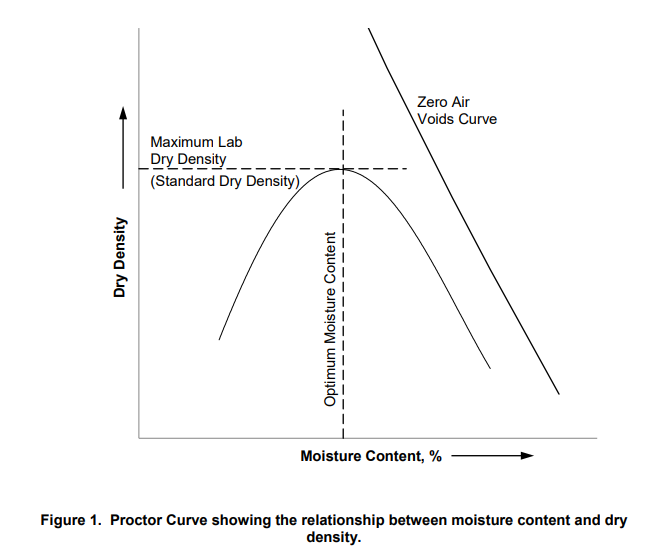I want to know about the zero voids line in Procter Density test and its application and advantages. Any one please guide me
I want to know about the zero voids line in Procter Density test and its application and advantages. Any one please guide me
- Thread starter Fakhr Rizvi
- Start date


